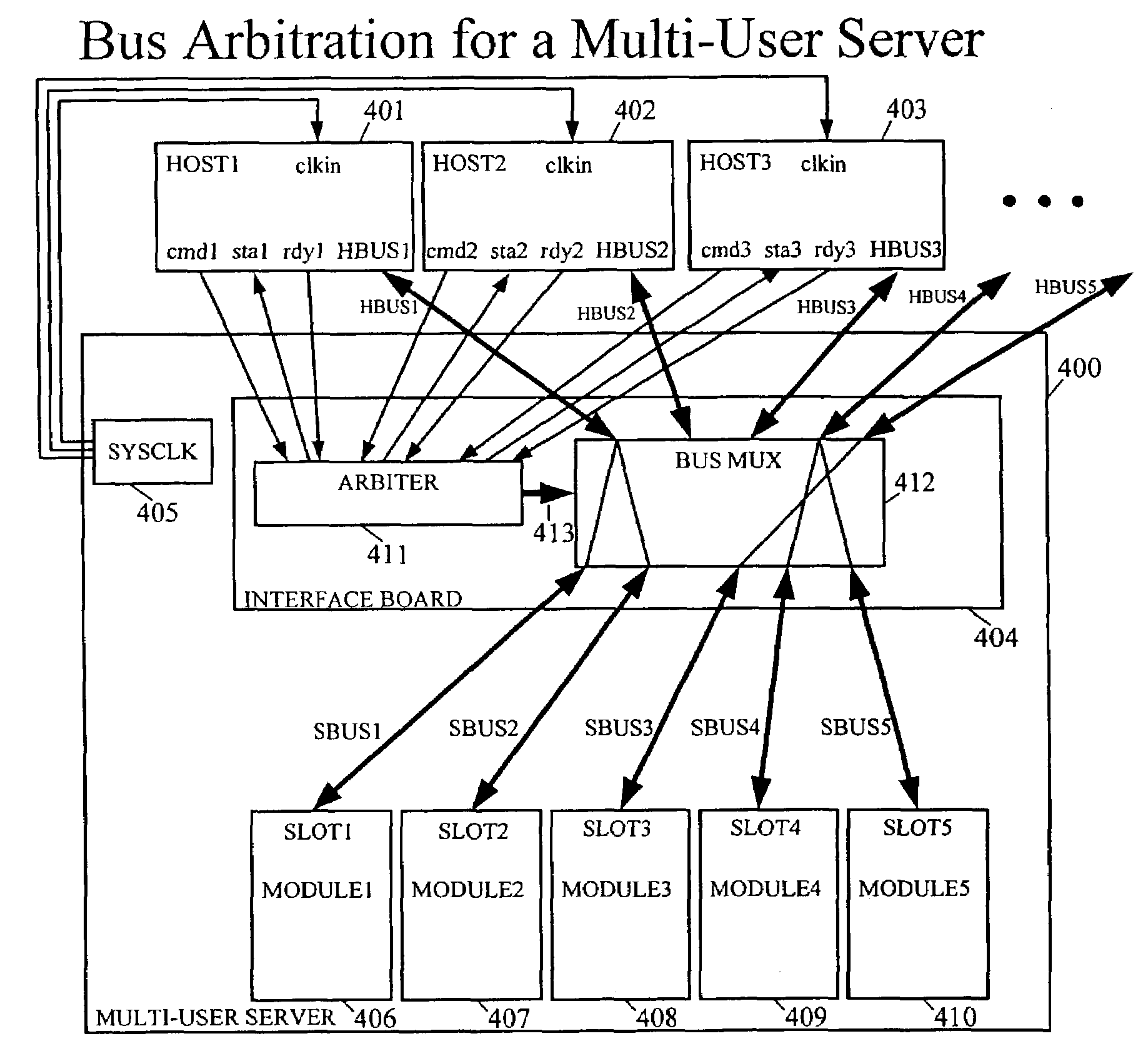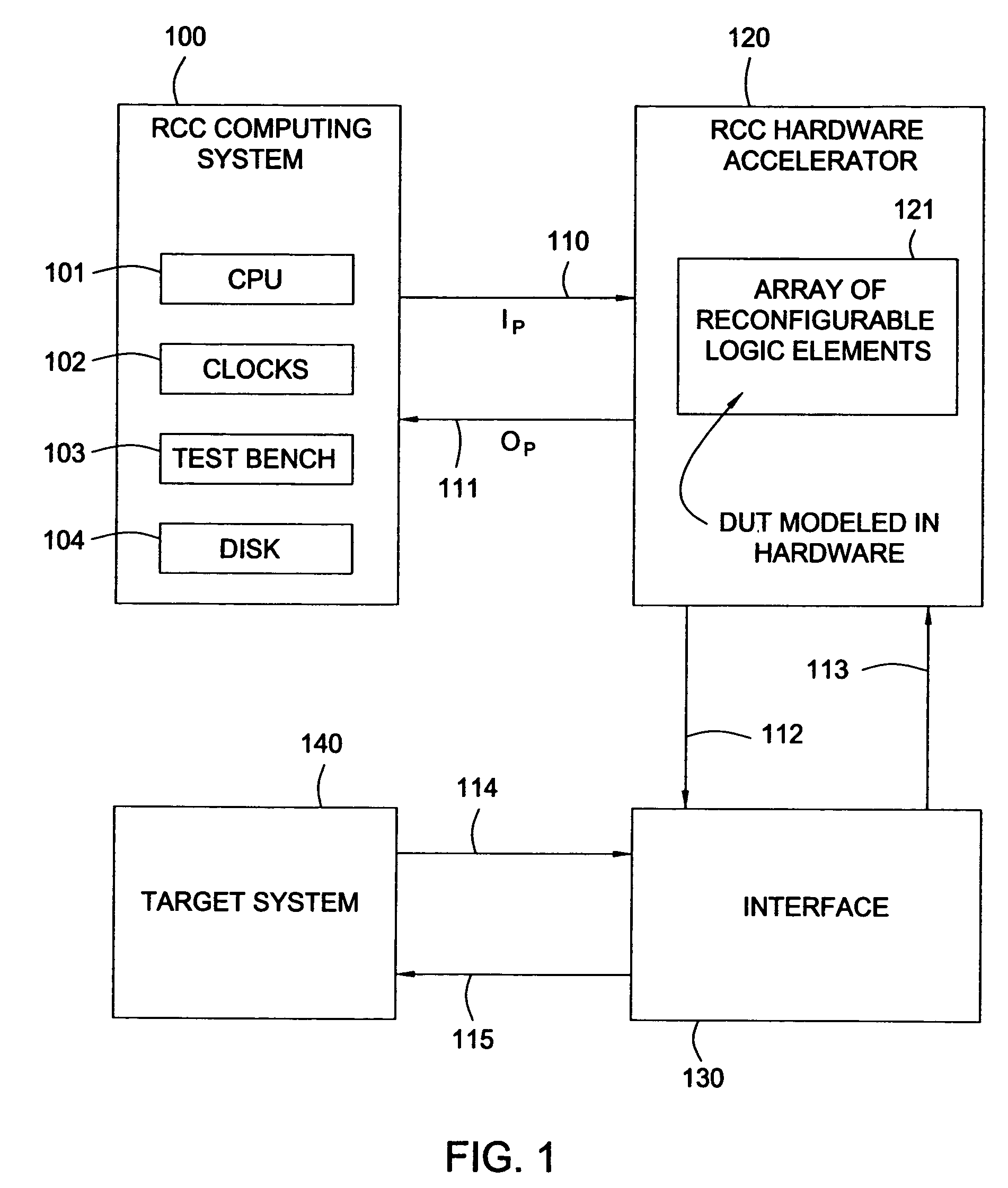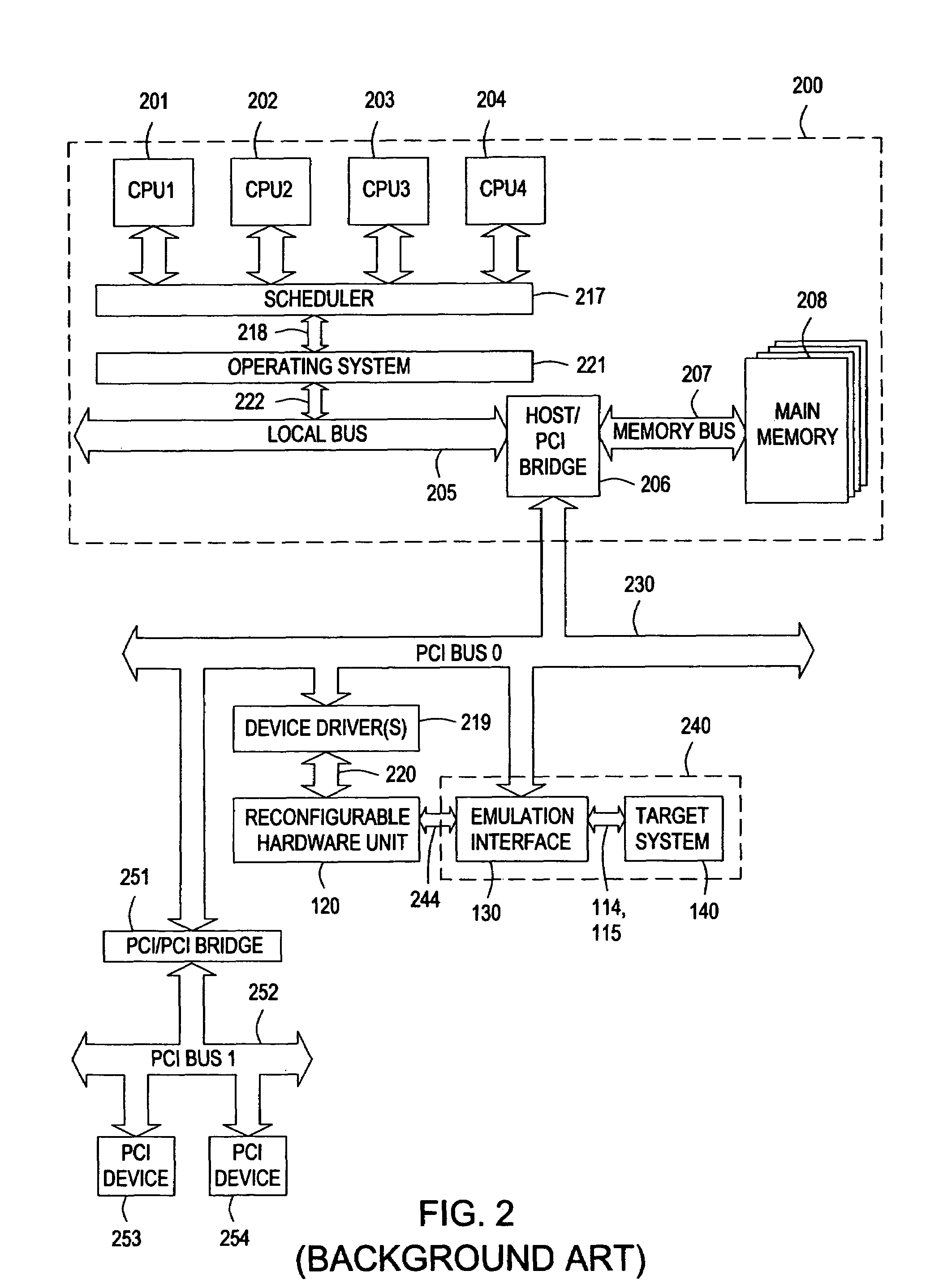Multi-user server system and method
a server system and multi-user technology, applied in the field of electronic design automation, can solve the problems of cumbersome user current software simulation and hardware emulation/acceleration, type of system not dynamically allocating multiple resources to multiple users, and incur the overhead of switching between resources on a message-by-message basis, so as to accelerate the debugging process
- Summary
- Abstract
- Description
- Claims
- Application Information
AI Technical Summary
Benefits of technology
Problems solved by technology
Method used
Image
Examples
second embodiment
Multi-User Server—Second Embodiment
[0121]In a multi-user server environment, access to server resources is one of the most important issues; that is, given that many users may want to access the same (and limited) server resources, how does the system decide which user gets access and which users do not. How does the system decide which user gets access first and which user gets access second? How does the system decide which resources get assigned to which users? Can data transfer occur concurrently among all the users once resources have been assigned to all the users? The various embodiments of the present invention answer these questions.
[0122]In accordance with one embodiment of the present invention as shown in FIG. 13, the intelligence to arbitrate among multiple requests lies in hardware at the server. Referring to FIG. 13, multiple hosts which represent individual users and their workstations or computer terminals are coupled to a multi-user server 400. In this figure, alth...
PUM
 Login to View More
Login to View More Abstract
Description
Claims
Application Information
 Login to View More
Login to View More - R&D
- Intellectual Property
- Life Sciences
- Materials
- Tech Scout
- Unparalleled Data Quality
- Higher Quality Content
- 60% Fewer Hallucinations
Browse by: Latest US Patents, China's latest patents, Technical Efficacy Thesaurus, Application Domain, Technology Topic, Popular Technical Reports.
© 2025 PatSnap. All rights reserved.Legal|Privacy policy|Modern Slavery Act Transparency Statement|Sitemap|About US| Contact US: help@patsnap.com



